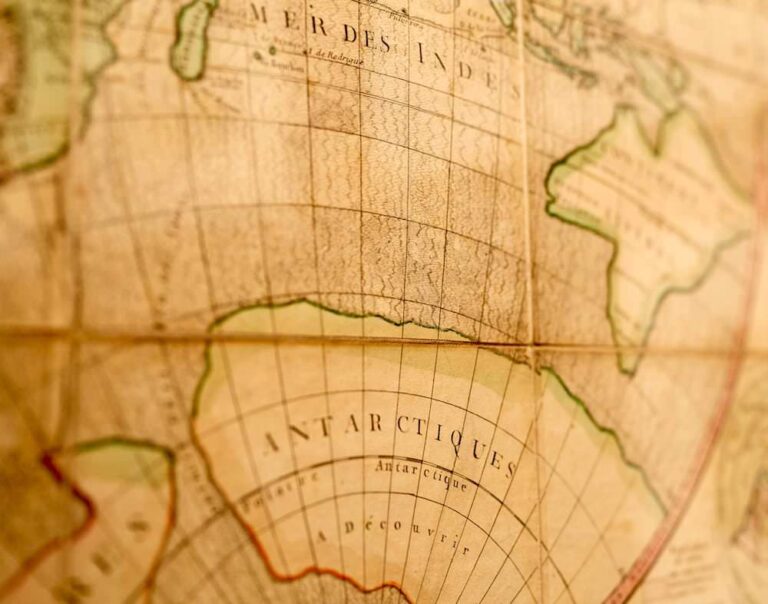Countries I
In French, the names of countries are always preceded by a definite article (meaning “the”). This article agrees in gender and number with the name of the country. In English, you just say “France,” but in French, you need to say the equivalent of “The France,” if you want to talk about a country. Let’s explore how this works, with examples for feminine singular, masculine singular, and masculine plural countries.
feminine singular countries
Most country names ending in “-e” are feminine and are preceded by the feminine singular definite article “la.”
examples:
- la France (France)
- la Chine (China)
- la Suède (Sweden)
- la Belgique (Belgium)
usage example:
- J’adore la France pour sa cuisine et son histoire.
(I love France for its cuisine and history.)
masculine singular countries
Country names that do not end in “-e” are typically masculine. These are preceded by the masculine singular definite article “le.”
examples:
- le Canada (Canada)
- le Japon (Japan)
- le Brésil (Brazil)
- le Maroc (Morocco)
usage example:
- Il veut visiter le Japon pour apprendre la langue.
(He wants to visit Japan to learn the language.)
masculine plural countries
Some countries have plural names and are preceded by the plural definite article “les.” This category includes countries with names that refer to a group of islands or regions.
examples:
- les États-Unis (United States)
- les Pays-Bas (Netherlands)
usage example:
- Les États-Unis sont connus pour leur diversité culturelle.
(The United States is known for its cultural diversity.)
exceptions
A few country names do not follow the general rules. For example, “Israël” and “Monaco” are used without an article:
examples:
- Je suis allé à Israël l’été dernier.
(I went to Israel last summer.) - Monaco est très petit, mais magnifique.
(Monaco is very small, but magnificent.)
prepositions with country names
When using prepositions with country names, the definite article often combines with the preposition. Here are some common combinations:
- à + le = au: Il vit au Canada. (He lives in Canada.)
- à + la = à la: Elle voyage à la Suède. (She is traveling to Sweden.)
- à + les = aux: Nous allons aux États-Unis. (We are going to the United States.)
- de + le = du: Il revient du Japon. (He is coming back from Japan.)
- de + la = de la: Elle revient de la Belgique. (She is coming back from Belgium.)
- de + les = des: Ils arrivent des Pays-Bas. (They are arriving from the Netherlands.)






